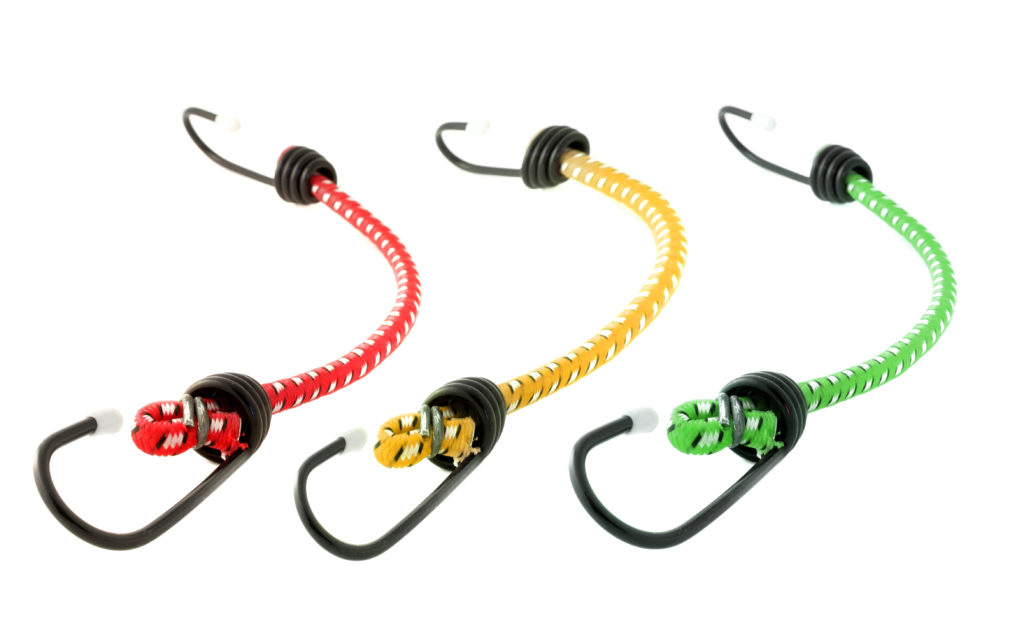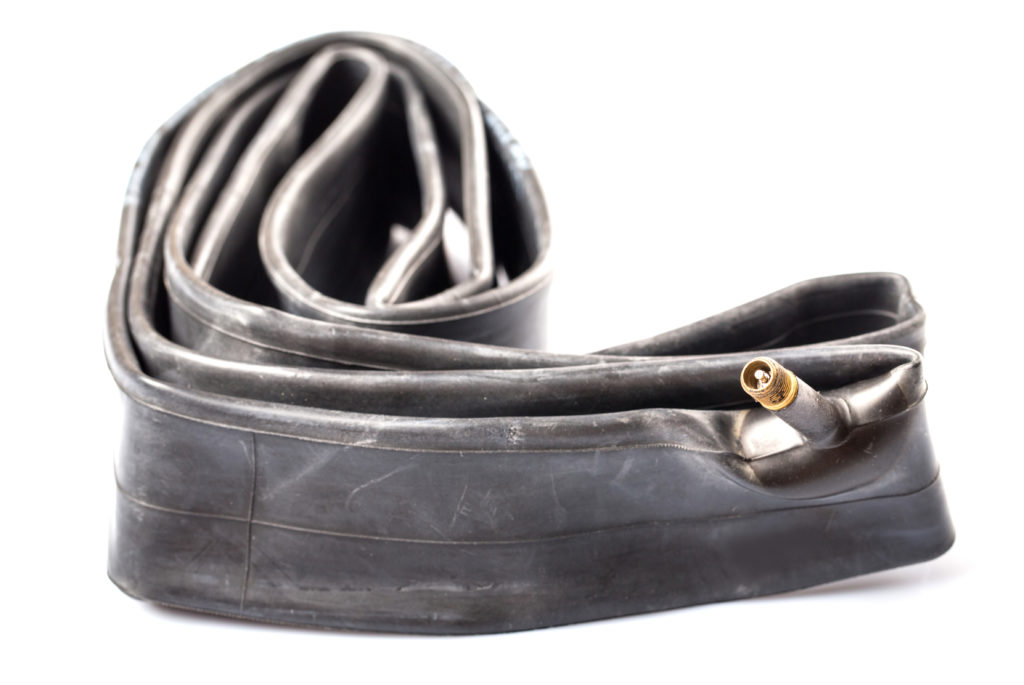There are hacks out there for everything — why not diving? Here are five top dive hacks to help turn you into an underwater MacGyver.
1. Put plastic bags on your feet and hands to help don your wetsuit
Struggling to get your wetsuit on? Often, the main problem is sliding your wrists and ankles through the cuffs at the legs and sleeves. One of the easiest, and cheapest dive hacks is to take a couple of thin plastic bags, like the ones you get in supermarket produce sections, and put them on your feet or hands. The low friction of the plastic makes sliding through the neoprene a breeze.
2. Use candle stubs for drysuit zippers
Drysuit zippers need regular lubrication. There are a number of commercially available solutions, from specifically made lubricants to beeswax sticks. But should you ever find yourself without one of them, or you simply want a cheaper solution, grab the stub of a candle that has burned down, and rub that against the entire length of both sides of the zipper, and you’ll find it running just as smoothly (some say better) than with the commercially available options. Candle wax usually doesn’t last as long, so you may need to lubricate a bit more often, but at the cost, that’s hardly a problem.
3. Use baby shampoo to keep a mask from fogging
Not crazy about spitting in your mask, but don’t want to shell out the dough for a commercial defogger? On your next trip, bring a travel-size bottle of baby shampoo, slightly watered down (about 50/50), and before a dive, rub a few drops on the inside of the glass. It’ll prevent fogging on that dive, and often on a number of subsequent dives.

4. Use bungee cords to streamline your profile
Streamlining your profile is the key to better swimming efficiency, lower air consumption (due to less drag), and safety when diving in confined spaces such as caves and wrecks. Of course an obvious choice for streamlining your profile is to simply bring less stuff, but regardless of how light we dive, we will still need various gear, depending on the type of dive we’re doing, such as a line reel, a camera, or a dive light. Usually, divers will clip these to a D-ring somewhere on their BCD, and leave the item dangling while they dive. Not optimal. Grab a couple of bungee cords — the ones with hooks on each end — and use these to secure the gear to your BCD, thigh, or arm, depending on where you’ve attached it.

4 ½. …or use bicycle tire inner tubes
For smaller items, such as a backup dive light, take a page from the tec-diver book. Pick up an old bicycle tire inner tube, a wide one, such as the ones that come off of mountain bikes. Then cut a few pieces, about two inches long, and slide these over any webbing on your BCD where they’ll go. If you have a tec-style wing-and-backplate BC, this is extremely easy.
With a more conventional BCD, you’ll need a bit more creativity. Position pieces below or next to any D-rings. When you clip the item to the D-ring, slide it underneath the tubing to keep it snug and in place. The item will be bit harder to remove and replace again, compared to bungee cords. This trick is best for things you won’t need to use several times during a dive. Dive hacks like this one will up your MacGyver factor by at least five.
5. Wear woolen gloves
Diving cold water, but don’t have real drysuit gloves? Keep your hands warm by putting on a pair of thin woolen gloves under your usual wetsuit gloves. Wool, unlike cotton or most other materials, can insulate and keep you warm even when it has been soaked completely. So while the woolen gloves will get completely soaked, they’ll still keep you warmer than your wet gloves on their own. And, once you surface, you can keep them on to keep your hands reasonably warm while you pack up your gear.

